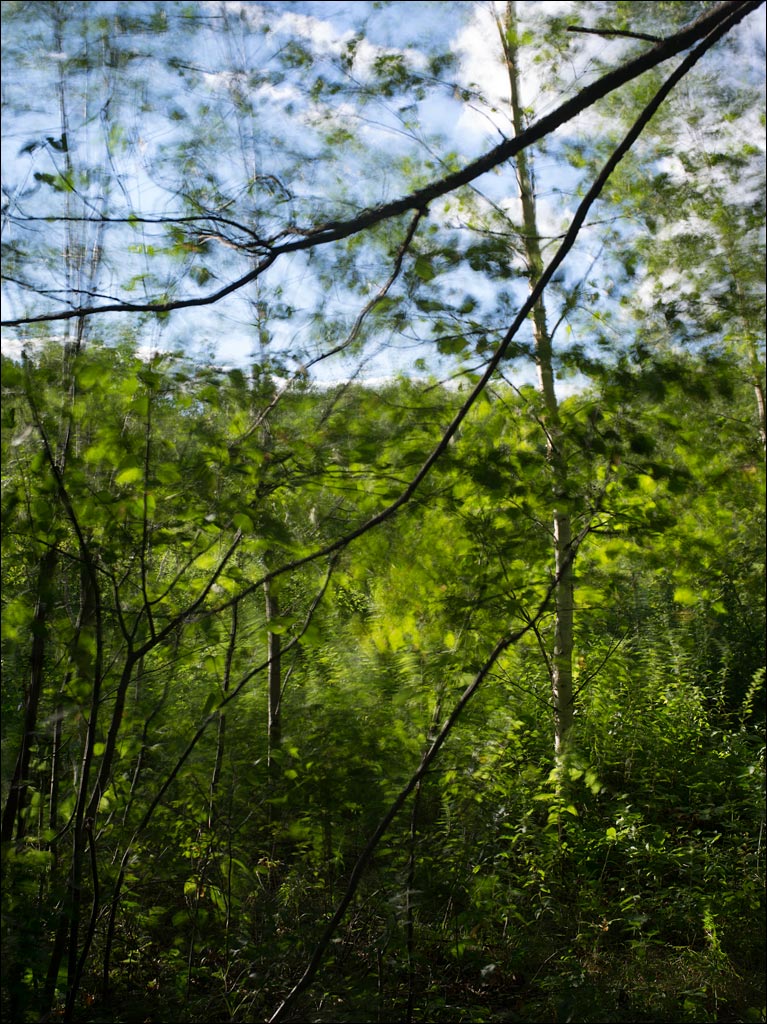Still a lot to figure out. Just looked at several images taken with considerable motion due to both people and wind.
City street scene where the people moving are much larger than the ones in the first posted seascape example.
The people most times creating enough of a blur/strange color waves that they will be hard to blend out. The wind motion is even worse. Tree limbs moving against solid buildings, no way to really "blend back" even if you had a single with 1/500.
Strange that a 1/2000 at 6400 shows as much blur as a 1/30 at ISO 50. The files are very clean, basically noiseless, and cleaner than what I have seen from a long exposure ND 10 etc on the 3100 (not tried anything on the IQ4). But the blend back on these examples would be next to impossible both due to the huge blur of the trees and the fact that a 1/500 single even at ISO50 would probably have more noise.
Also I can now see a sunrise, sunset with sun in picture would be a very difficult issue also, again due to movement of the sun over the time.
I did not have my head totally around this, but do now.
In my state, use of a hard ND 6 to 10 on most scenes would be next to impossible again due to the fact that there is almost always wind.
For someone shooting interiors, or buildings without trees in front of them, amazing tool.
Paul C



